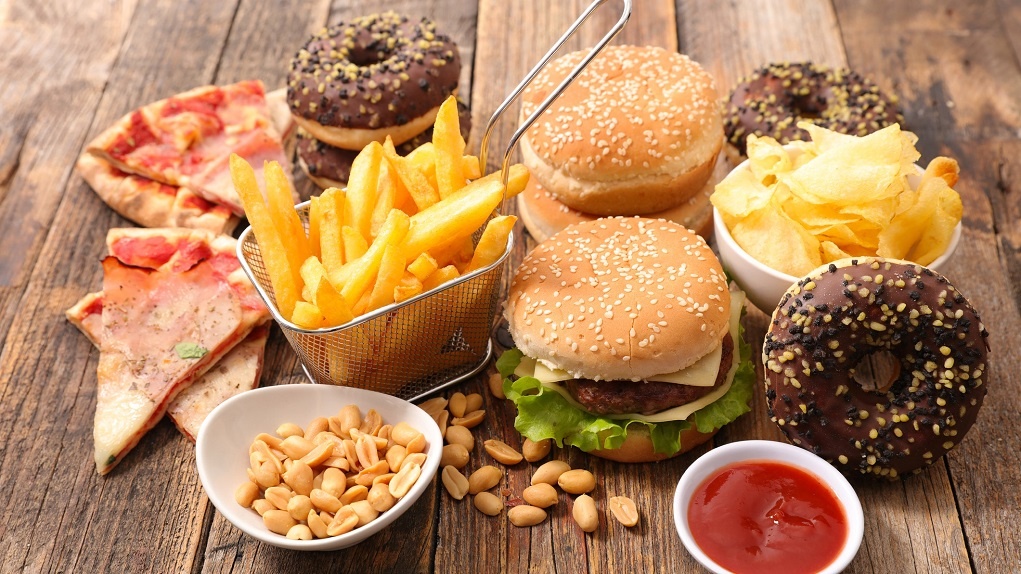ABCs of the processed foods!

Processed foods have become a part of our lives. Experts recommend to avoid eating them in excess due to their unhealthy nutrition composition or the additives present in them. But most of the food we eat today has undergone some sort of processing and many times these processing procedures are even necessary to make the food edible. These processing measures do not alter the nutrition composition of a food product. In this article, we attempt to present the classification of processed foods and prepare a guide to differentiate between minimally processed and ultra-processed foods.
Richa Pande
All processed foods are not same. In fact, some foods must undergo primary and secondary stages of processing to make them palatable; sometimes to make them even edible too. There are three stages of food processing: primary, secondary, and tertiary. Foods prepared using primary and secondary techniques are classified as minimally processed foods. Processing techniques including baking, freezing, grinding, removal of inedible portions, drying, heating, milling, pasteurisation, roasting, etc. can be classified as primary and secondary food processing techniques.
These techniques also reduce the cooking time taken to prepare a meal and make things convenient for us. Imagine the efforts we will have to put if we must deshell the nuts every time, we eat them. But unshelled nuts can become rancid easily and thus they are available in vacuum packaging, another processing step that prevent nuts from becoming rancid. They also help in prevention of spoilage and extending the shelf life of foods we consume daily. Milk packs we use daily at our homes undergo pasteurisation, a processing technique that prevents milk and other dairy products from spoiling without altering their nutritional properties.
Saying no to ultra-processed foods
Ultra-processed foods on the other hand are typically foods with unhealthier nutrient profiles. They are either calorie dense and/ or have high fat or salt or sugar content or are high in all three of these nutrients of concern. This is the reason why ultra-processed foods are considered unhealthy. Having them regularly can increase our risk of having health concerns such as obesity, heart disease, diabetes, high blood pressure, cancer, hormonal disorders, anxiety, and depression.
Another concern about ultra-processed foods is the food additives in them. They are added in the food to increase the shelf life of the food or to retain its appearance or enhance its taste. Usually, they are not a cause of concern as the food regulatory authorities have set limits for these additives and food manufacturers to adhere to them. But it is important to note that some food additives may have no adverse effect on an adult weighing 70 kgs could be harmful for a child weighing 20 kgs. For example, it’s okay for adults to have foods with added food colors but some of these colors have been found to increase hyperactive behaviors in children. Also, adults need to mind the portion sizes to minimise their exposure to these food additives.
Ultra-processed foods have also been found to have negative impacts on the environment. There are many ways ultra-processed foods can damage the environment. Most of the ultra-processed foods in market are available in small disposable packaging. As ultra-processed foods are easily available at low cost, their consumption is quite high worldwide. These food packaging contribute to major environmental waste production. Many UPFs contain palm oil, which is known to have both negative health and environmental effects. One of the major reasons why health and environment activists insist on reducing the consumption of ultra-processed foods is because doing so would not lead to nutritional deficiencies in humans and would have positive impacts on their health.
Keeping all this in mind, we must aim to reduce the consumption of ultra-processed food and opt for food stuff locally grown with low environmental impacts that is affordable, nutritionally adequate, and safe for our consumption.
Differentiating between minimally processed & ultra processed foods
One of the easiest ways to so is by going through the product’s ingredient list. Ultra-processed foods typically have more ingredients in them. It is one of crucial ways to identify ultra-processed foods, foods that are known to have adverse effect on our health.
Let’s understand this with the help of an example- The pasteurised milk pack we use daily is a minimally processed food item. It is nutritious and is good for health. On the other hand, flavoured milk available in market can be classified as an ultra-processed beverage. It can have up to 18 grams of sugar added in one serving of milk with added food colours and other additives.
Another example that can help us to understand the difference between minimally processed foods and ultra-processed foods are corn and its different forms available in the market. Foods like husked corn, frozen sweet corn kernels, and dried corn kernels are minimally processed foods. Ready-to-eat popcorns, cornflakes, and nachos are corn-based food items that can be classified as ultra-processed foods.
Sometimes we can make food handling choices that are relatively healthier. For instance, we can choose not to roast corn after removing the husks and steam it instead as roasting the corn will lead to acrylamide formation which isn’t good for our health. Similarly, we can choose to pop corn kernels at home with less salt and butter or oil instead of having ready-to-make popcorns bought from the market as they are loaded with fat and salt.
Look at the table below. It will help you further to differentiate between minimally processed and ultra-processed foods-
| Unprocessed
Food item |
Minimally processed | Ultra-processed |
| Wheat | Flour | Cookies |
| Potato | Baked potato | French fries |
| Pineapple | Canned pineapple | Pineapple juice powder |
| Fresh fish | Canned fish | Fish nuggets |
| Apple | Apple custard, Apple juice, | Apple pie, Apple puff snacks |
| Corn | frozen sweet corn kernels, dried corn kernels | Instant popcorns, cornflakes, and nachos |
By developing an understanding about minimally-processed and ultra-processed foods, we can make food choices that are relatively healthier. For instance, we can choose not to roast corn after removing the husks and steam it instead as roasting the corn will lead to acrylamide formation which isn’t good for our health.
Similarly, we can choose to pop corn kernels at home with less salt and butter or oil instead of having ready-to-make popcorns bought from the market as they are loaded with fat and salt. Likewise, we can opt to have a fruit or freshly prepared juice without added sugar instead of drinking sugar loaded drinks readily available in the market.
Decoding Cyber Coverage in India: Your Ultimate Guide
In today's technology-driven landscape where digitalization is ubiquitous, companies confront an escalating threat landscape in the form of...
Navigating Insurance Options: Comprehensive Coverage for Diabetics in India
As the prevalence of diabetes continues to rise steadily in India, individuals grappling with this chronic condition encounter myriad challenges,...
Understanding International Travel Insurance
International travel insurance serves as a financial product crafted to shield travellers from unforeseen events and expenses while journeying...


